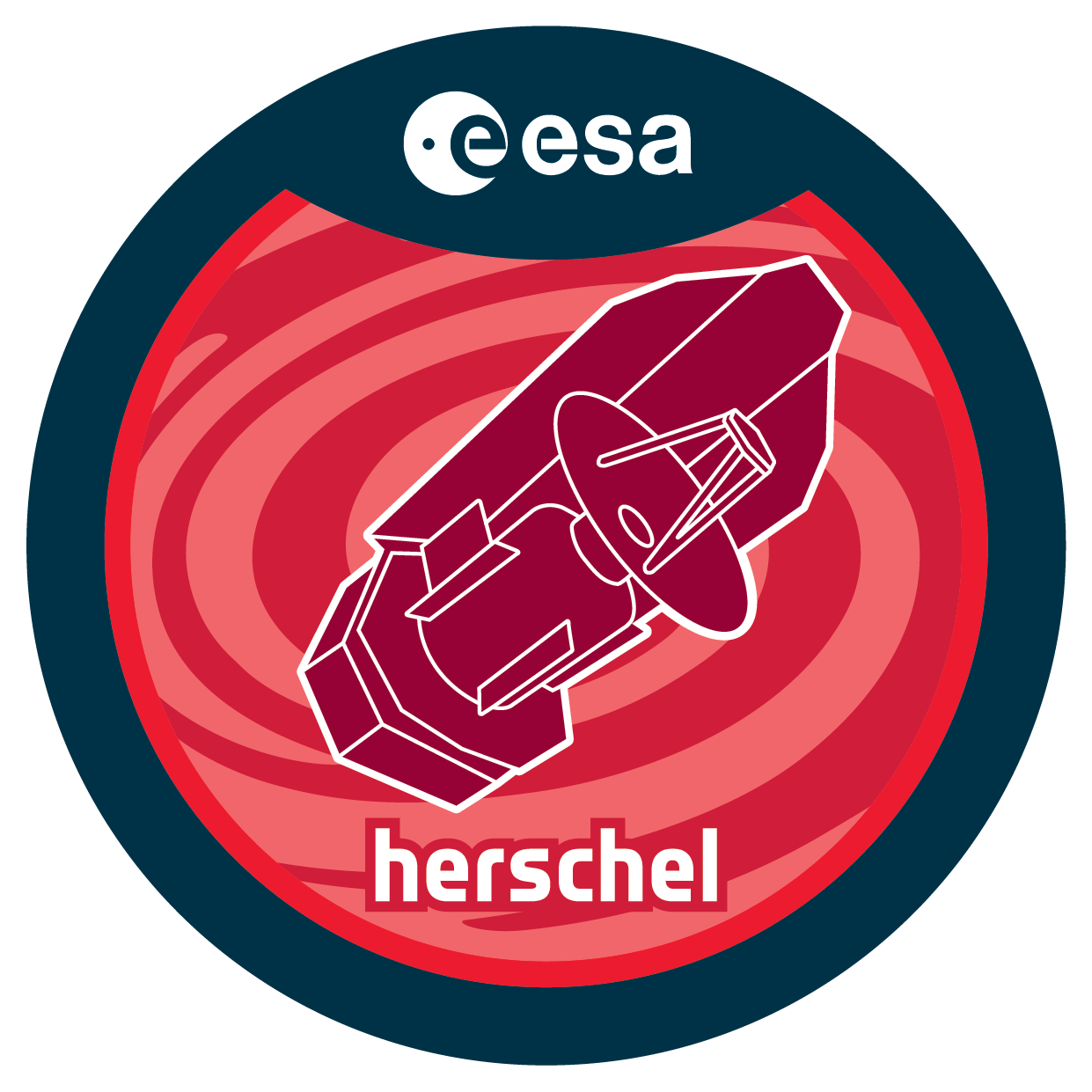| Description |
Studies of evolved systems like AM0644-741 and Cartwheel find the ISM in the starburst rings to be overwhelmingly atomic despite conditions (e.g., pressure and ambient far-UV fields)clearly favoring a dominant molecular component. Moreover, thelocal molecular fraction anti-correlates with SFR/area, yielding unusually high star formation efficiencies (SFE) and a highlypeculiar star formation law. AM0644-741s starburst ringmoreover appears mostly stable gravitationally (Q = 2-6). We have argued that these all follow naturally from the ISMs >100 Myr confinement time in the ring, which amplifies the destructive effects of embedded OB stars and SNe, producing an over-cooked ISM, i.e., one characterized by small H2 clouds, and a large photo-dissociated HI background. Due to reduceddust columns, H2 is poorly traced by CO rotational lines, and weexpect a large dark molecular component in the ring. Wewill use PACS and SPIRE photometry with existing IRAC and MIPSdata to (1) construct infrared-submillimeter SEDs for the rings of AM0644-741 and Cartwheel to determine the total mass anddistribution of H2 by its dust emission following Israel (1996)and Leroy et al. (2009), (2) re-evaluate their peculiar SFE,non-Schmidt star formation laws, and gravitational stability.Not finding a large hidden H2 component would imply thatstar formation is triggered by other processes (e.g., collisions)at unusually high SFE. |

